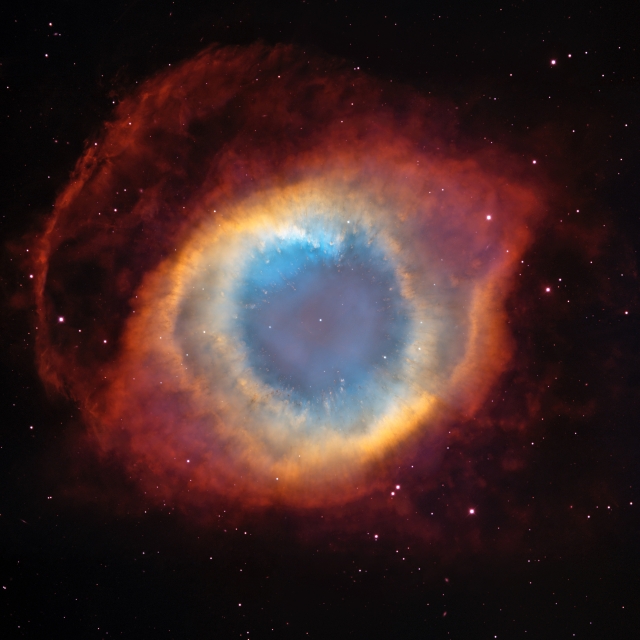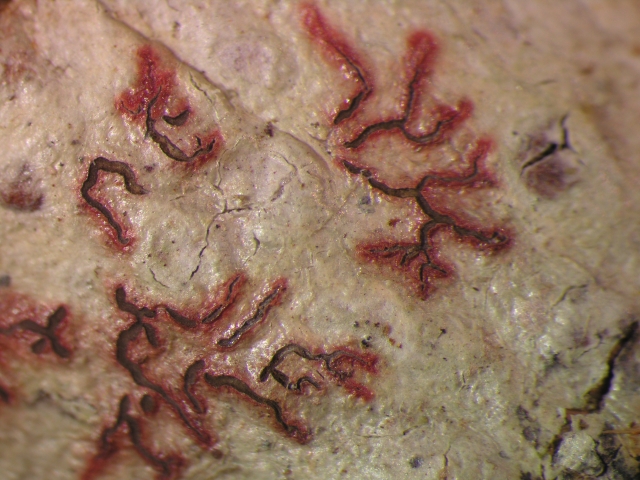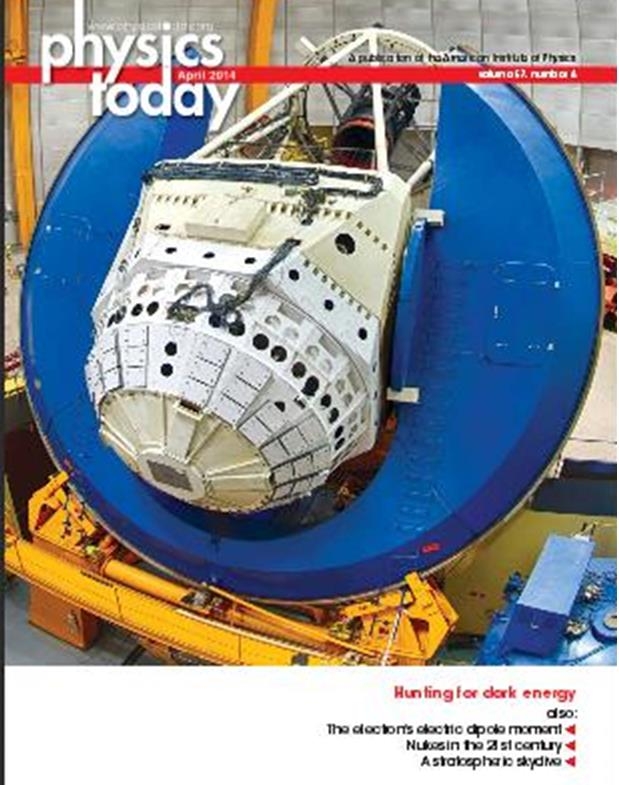Ciencias terrestres y del Espacio (superior)
Science all around you Videos
Cosmos: Scientific literacy for everyone
COSMOS. Divulgación científica para todos
Ciencia Puerto Rico and Daniel Romero Álvarez, from Antoncha Verde, describe the origins and goals of the new Cosmos series.
No food without agriculture
Puerto Rico only produces 15% of the food it consumes, which represents a threat to the archipelago's food security.
The original version of this article is in Spanish. You can read it by clicking on ESPAÑOL at the top right corner of your screen.
Two new genera of lickens discovered in Puerto Rico
Joel A. Mercado Díaz and his colleagues combined genetic and morphological techniques to identify two genera and twelve new species of lickens at El Yunque National Forest.
This article is available in Spanish.
A century of precipitation
Dr. Ángel Torres Valcárcel and other climatologists studied rain patterns over the last 100 years.
This story is available in Spanish.
Puerto Rican scientists highlighted in “Physics Today”
Two recent issues of “Physics Today”, a physics journal published by the American Institute of Physics, highlights the work of three local scientists, Drs. Daniel Altschuler, Sixto González and Víctor Blanco.
The text is available in Spanish.
Science is All Around You: “Blood Moon”
Greetchen: “José, I’m almost speechless when I see the spectacular images you have shared with us”
José: “Greetchen, I’m glad you like them. Last month we were witnesses to the so called Red Moon (or Blood Moon). This event is part of a tetrad of total eclipses that will go on until next year.”
Taller Sobre el Carbono Profundo
La semana pasada (del 17 al 22 de febrero) tuve la oportunidad de participar en el primer taller de científicos en etapas tempranas de su carrera interesados en el estudio de las reservas de carbono en las profundidades de La Tierra o el carbono profundo. El taller fue auspiciado por el Observatorio de Carbono Profundo o DCO (por sus siglas en Inglés). El mismo reunió 40 científicos de 15 países envueltos en los diferentes aspectos del DCO: Vida en las Profundidades (Deep Life), Energía en las Profundidades (Deep Energy), Reservas y Flujos (Energy and Fluxes) y Física y Qímica Extrema (Extreme Physics and Chemistry).
Using sounds to study astrophysics
Frequently, science teachers ask their students to draw a scientist so that they can get a sense of what students think and imagine about scientists. Thousands and thousands of drawings show the same stereotypical characteristics: a male scientist, white, dressed in a lab coat, usually a chemist mixing liquids and generating explosions, and a person that does not have any physical limitations.









